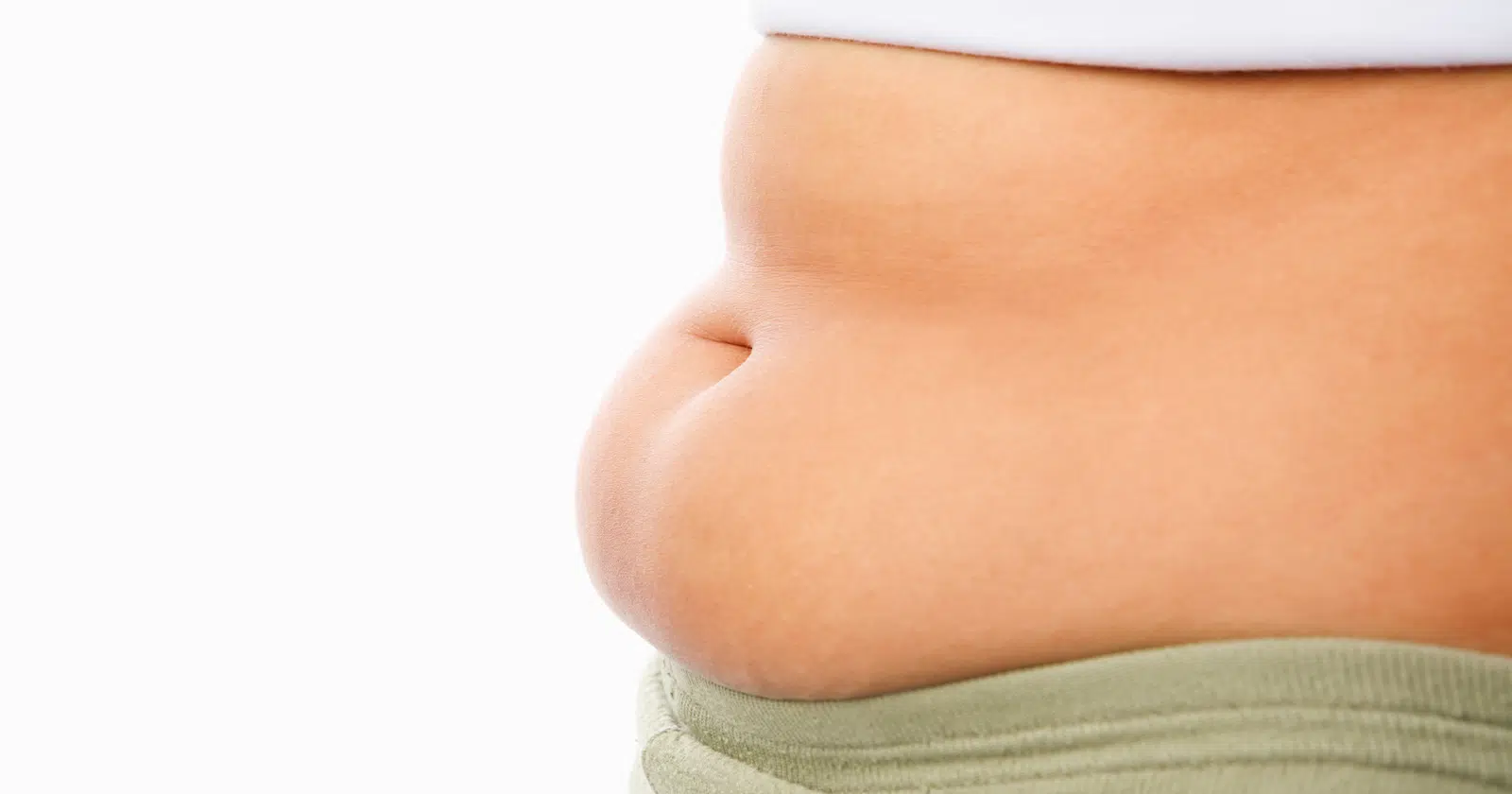Over 40? This Is How You Avoid The Cortisol Belly
Let’s Talk About “Cortisol Belly” (And Why I Hate That Term)
The phrase “cortisol belly” gets thrown around a lot, and honestly? I can’t stand it.
It oversimplifies a complex hormonal system into a fear-inducing buzzword, making cortisol sound like the villain in your body’s story. But here’s the truth:
Cortisol is NOT your enemy.
It’s not waiting to slap a spare tire around your waist the second you turn 43 or enter perimenopause. In fact, cortisol is essential—it helps regulate stress, balance blood sugar, manage inflammation, and keep you functioning when life gets overwhelming. Without it, you wouldn’t just feel stressed—you’d be completely drained.
The Real Issue: Chronic Cortisol vs. Normal Cortisol Spikes
The confusion comes from misunderstanding the difference between normal, short-term cortisol fluctuations (which are healthy) and chronically elevated cortisol levels. When cortisol stays high—especially in bodies already experiencing perimenopause, menopause, or the effects of years of restrictive dieting—it can have a major impact.
Here’s how it actually works:
- Progesterone drops first, whether due to chronic stress or early perimenopause. This hormone has a calming, anti-cortisol effect, so when it declines, your body becomes more sensitive to stress.
- Estrogen declines next, which reduces insulin sensitivity and changes how your body stores fat (shifting it away from hips and thighs and toward the abdomen).
- Chronically high cortisol raises blood sugar and contributes to insulin resistance. Combine that with lower estrogen, and fat storage is more likely to accumulate around your midsection.
So, it’s not just cortisol alone—it’s a combination of chronic stress, insulin resistance, and hormonal changes that leads to increased belly fat.
Now, throw in factors like metabolic stress, lack of recovery, inconsistent eating, and a history of restrictive dieting, and you’ve created the perfect storm.
Here’s How to Actually Reduce Belly Fat
If you want to get rid of that midsection fat, it’s time to stop chasing fat loss the wrong way. Here’s what actually works:
1) Ditch the extreme restriction. Cutting carbs and fasting might feel productive, but both can actually increase cortisol and add more stress—especially for women in their 40s. Instead, focus on consistent fueling with a balance of protein, healthy fats, and plenty of carbs to stabilize blood sugar and support hormone health.
2) Quit the high-intensity workout obsession. Bootcamps and HIIT classes might seem like the answer, but they can just pile on more stress. Instead, prioritize walking, strength training with intention, and proper recovery.
3) Eat enough, especially carbs. You already know protein is key for blood sugar balance and muscle support, but carbs also play a major role. They help lower cortisol and improve sleep—going too low on carbs can actually make cortisol issues worse.
4) Lift weights like you mean it. Strength training improves insulin sensitivity, helps regulate blood sugar, and counteracts cortisol’s effects on fat storage. Train for muscle and strength, not just calorie burn.
5) Prioritize sleep—your results depend on it. Lack of sleep leads to higher cortisol levels, which can throw your metabolism into chaos. Aim for at least 7 hours a night and keep your sleep schedule consistent.
The Real Anti-“Cortisol Belly” Plan
If you want to avoid that midsection fat gain, focus on reducing stress, fueling your body properly, lifting for muscle and strength, and prioritizing recovery—not demonizing a single hormone.
Cortisol isn’t out to get you, but chronic stress and poor lifestyle habits might be. Fix those, and your body will take care of the rest.
Your Fitness and Nutrition Coach,
David Modderman

Discover the Latest Fitness Trends
Stay up to date with our informative blog posts.
.png)
















%2520(1).jpeg)
%2520(4).jpeg)
%2520(3).jpeg)
%2520(2).jpeg)
.jpeg)
